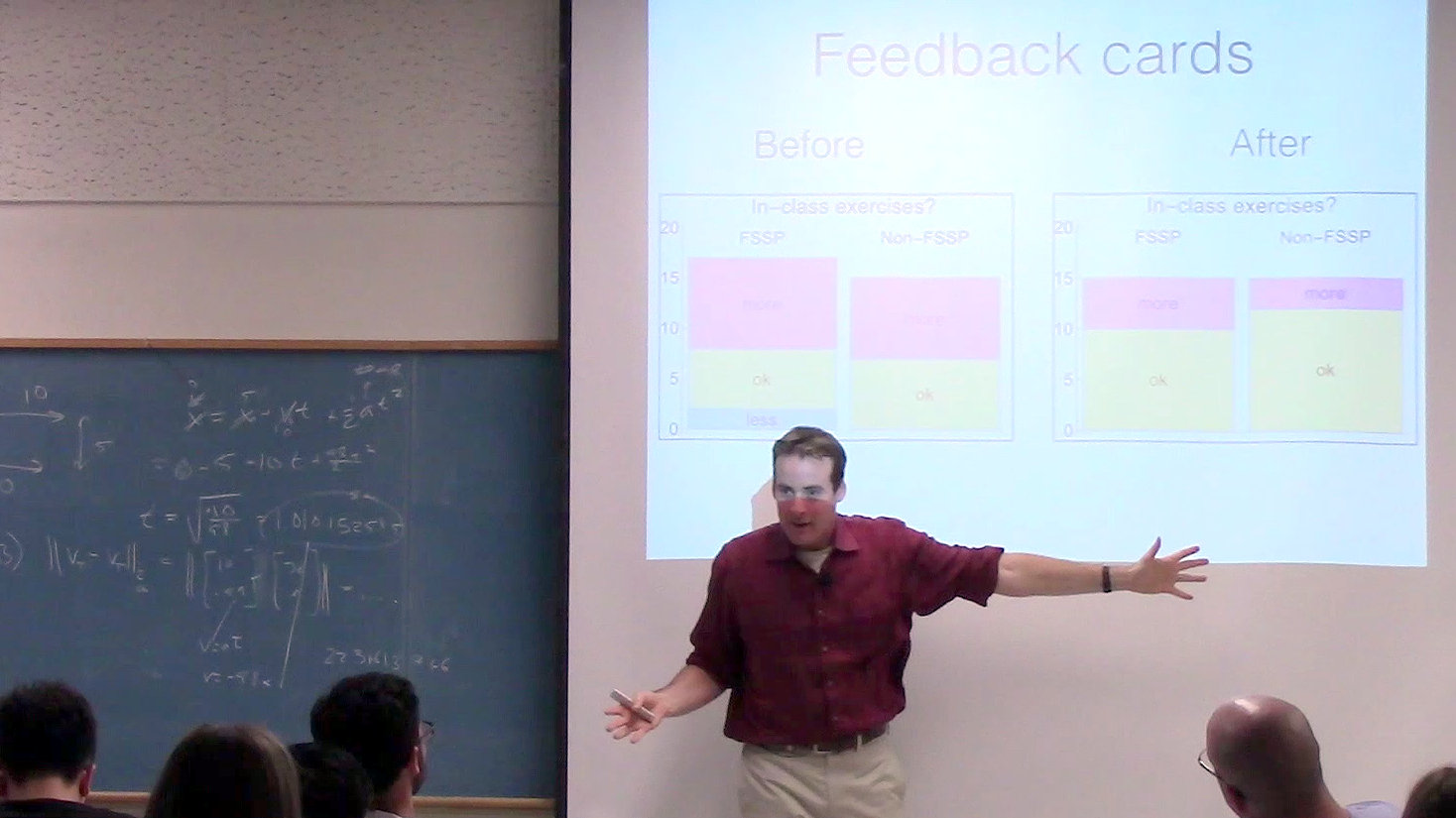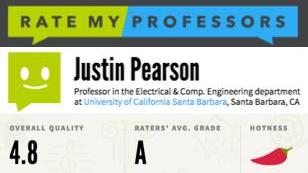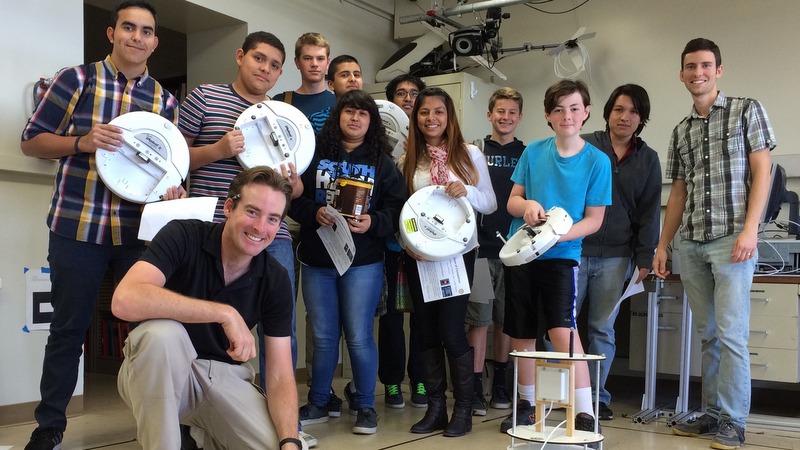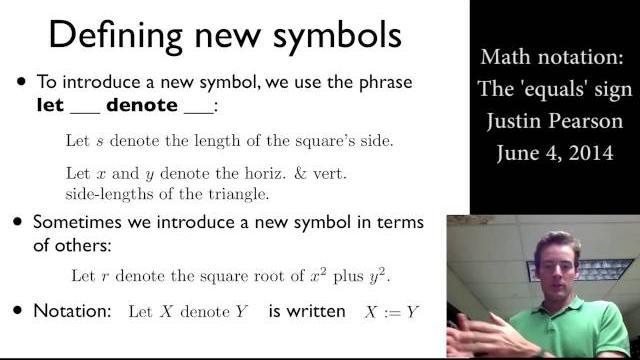Teaching
Certificate in College and University Teaching ¶
Earning the CCUT required studying pedagogy, designing and running educational outreach programs, and planning and teaching a course as Instructor of Record. Follow the link to view my CCUT Portfolio.
more...
From the UCSB Graduate Division site on the CCUT: The UCSB Certificate in College and University Teaching (CCUT) is designed for students who wish to demonstrate superior competence and experience in teaching at the university or college level. Certificate requirements include completion or attainment of a number of teaching-related skills and experiences culminating in independent instruction of an entire course with the support of a UCSB faculty mentor. Students interested in getting the certificate thus need to obtain a position as an independent instructor either as a Teaching Associate in the regular or summer session on campus or at an off-campus junior college, college, or university location. Certificates are awarded in conjunction with a Ph.D. or MFA degree upon completion.
Teaching University Discussion Sections ¶
This workshop helps teachers plan their lessons, engage their students, and assess their teaching. I presented this to new Teaching Assistants (1st-year graduate students) at UC Santa Barbara’s 2017 Teaching Assistant Orientation.
more...
Workshop synopsis: TAing Engineering Sections: Engineering and its practitioners have the reputation for being boring and impenetrable. In this workshop we will discuss ways to structure your lessons and promote student interaction so that your students find you and your discipline lively, accessible, and most importantly, valuable to their future careers.
Teaching reviews ¶
Here are my teaching reviews hosted at RateMyProfessor.com for classes I’ve taught at the University of California Santa Barbara and California State Univeristy at Channel Islands.
Dustin the Bad TA makes classic teaching mistakes ¶
Dustin the “bad teaching assistant” unwittingly demonstrates classic teaching mistakes during my TA workshop “TAing Engineering Sections”. See also “Teaching Discussion Sections in Engineering” for the entire lecture.
School for Scientific Thought ¶
A diverse group of high-school students from Santa Barbara and Bakersfield learn the basics of programming and mobile robotics over 5 Saturdays in this hands-on workshop.
more...
The School of Scientific Thought (SST) is an outreach program offered twice a year by the Center for Science and Engineering Partnerships at UCSB. Over the course of 5 Saturdays, roughly 70 high-school students come to UCSB to participate in hands-on courses prepared by UCSB graduate students. Each high-school student is assigned to a course based on his or her preferences. The courses vary from year to year, depending on the available graduate students. After each 2-hour course session, the students and mentors from all the courses meet for lunch. This gives the students a chance to talk to the mentors in an informal setting, and ask them questions about college. At the end of the five week program, the students get certificates. The main goal of the SST program is to give high-school students a glimpse into what college is all about, and to get them excited about continuing their education after high-school.
Dos Pueblos Robotics Internship ¶
High-school students learn and practice control theory by programming Roomba robots. This internship was featured in the 2015 issue of the “ECE Current” departmental magazine; see the “Story” link for the article. The “Feedback” link features survey results from our students.
Probability Notation - Explained ¶
Probability theory often confuses students. This is because the notation is often highly abbreviated and mathematically sloppy. In this video we discuss a few mathematical concepts underlying this notation, scrutinizing a common equation found in an introductory probability course.
Math Notation - The Equals Sign ¶
Today we use the equals sign (=) as shorthand for “is equal to,” but also as shorthand for “is denoted by” or “is defined as”. This ambiguity causes much confusion in students. In this video, we explore the history of the notation and some hilarious consequences of the ambiguity.











